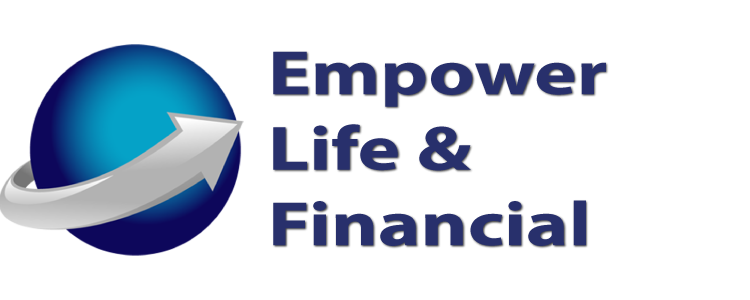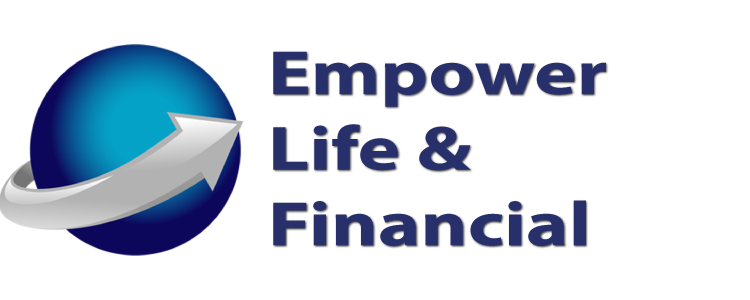
Photo by Vitalii Vodolazskyi on Adobe Stock
If you’re saving for retirement, you’ve probably heard of both a Roth IRA and a traditional IRA. As everyday costs continue to rise and interest rates continue to increase, a traditional savings account or the picturesque piggy bank may not always be the best way to reach your financial goals. We will consider both the benefits and drawbacks of both a Roth IRA and a traditional IRA and help to shed some light on choosing the right one for you. Whether you want to retire on a desert island sitting on a treasure chest of gold or prefer a nest egg with the right amount of grubs for years to come, we hope you find this information helpful.
What is a Roth IRA?
A Roth IRA is an individual retirement account in which contributions are made with after-tax dollars. This means that funds are contributed after net taxes come out of your paycheck. Qualified withdrawals are tax-free after age 59 ½ and do not incur any penalty, and you can withdraw any amount you need without any limits.
Benefits of a Roth IRA
- The key advantage of a Roth IRA is that your money can grow tax-free over the years, so you won’t owe any taxes on your gains as they accrue. This benefit can help your money grow even more without having the burden of taxes while it flourishes.
- Tax-free withdrawals in retirement: With a Roth IRA, you can withdraw your contributions and earnings tax-free beginning at age 59 1/2. Those who expect their tax rate to be higher in retirement can take advantage because they won’t owe any taxes on their withdrawals.
- No required minimum distributions (RMDs): Unlike traditional IRAs, Roth IRAs do not have required minimum distributions (RMDs) starting at age 72. You can keep your money in the account as long as you want and take out only what you need when you need it. You can continue to watch it grow in the process.
- No age limit for contributions: Unlike traditional IRAs, which have age restrictions for contributions, Roth IRAs do not have an age limit for making contributions.
- No income limitations for contributions: There are no income limitations for making contributions to a Roth IRA. Regardless of income, anyone can make contributions to a Roth IRA and benefit from tax-free withdrawals in retirement.
Drawbacks of a Roth IRA
- No up-front tax deduction: Because contributions to a Roth IRA are made with after-tax dollars, there is no up-front tax deduction. This can be a drawback for those looking to lower their taxable income in the short term.
- Limited contributions: Contributions to a Roth IRA are limited to $6,000 per year for individuals under age 50 and limited to $7,000 for those 50 and older. For those who have a large amount of money to save for retirement, the contribution limit may not be enough for their needs.
- No tax benefits for early withdrawals: Withdrawals from a Roth IRA prior to age 59 1/2 are subject to taxes and penalties unless the account has been open for at least five years and the withdrawal is for a qualified reason such as a first-time home purchase, college expenses, or medical expenses.
What is a Traditional IRA?
A traditional IRA is an individual retirement account in which contributions may be tax deductible, but withdrawals in retirement get taxed as ordinary income. This is another deduction from your paycheck in addition to the payroll taxes, Medicare, and Social Security taxes you already see.
Benefits of Traditional IRAs
- Tax-deductible contributions: Contributions to a traditional IRA may be tax-deductible, which can lower your taxable income today. This benefit can be valuable for those in a higher tax bracket today and expect to be in a lower tax bracket in retirement.
- The potentially lower tax rate in retirement: Those entering a lower tax bracket in retirement may decide to acquire a traditional IRA. Withdrawals from a traditional IRA get taxed as ordinary income, so if you’re in a lower tax bracket in retirement, you’ll owe less in taxes on your withdrawals. If you are making a lot more money now than you plan to make in retirement, this could benefit you substantially.
- Required minimum distributions (RMDs) help ensure you don’t leave a large taxable estate for your beneficiaries. These will begin at age 72 if born in 1950 or earlier; 73 if born between 1951 and 1958; 75 if born in 1960 or later. If you were born in 1959, federal guidance is needed to determine if your Required Beginning Date is age 73 or 75.
Drawbacks of Traditional IRAs
- Taxable withdrawals in retirement: Withdrawals from a traditional IRA get taxed as ordinary income in retirement, which can be a drawback for those who expect to be in a higher tax bracket in retirement. Such is the case for people who may have other investment instruments with maturity dates in retirement or who hold lots of assets they hope to liquidate when they retire.
- Required minimum distributions (RMDs) can be a heavy burden if not taken out in time. Traditional IRA owners must begin taking required minimum distributions (RMDs) from their accounts at the required age set forth by the federal government. Since the RMDs are taxed as ordinary income, failing to take them can result in a 50% penalty on the amount that should have been taken. That 50% is a significant penalty to bear.
- There are no tax benefits for early withdrawals. Withdrawals from a traditional IRA prior to age 59 1/2 are subject to taxes and penalties unless the withdrawal is for a qualified reason. Examples include a first-time home purchase, college expenses, or medical expenses.
Which is right for you?
A Roth IRA and a traditional IRA each have their own benefits and drawbacks. The big questions to consider are: What is your current income bracket? What are your goals for your contributions? How long do you plan to go without taking money out of your investment? It’s important to consider your personal financial situation, long-term goals, and overall retirement plan as well when deciding which type of IRA is right for you. You can always reach out to one of our experts and learn how to make your dreams come true.
It’s also worth considering a combination of both a traditional IRA and a Roth IRA can be the key to unlocking the best of both worlds. Utilizing both can provide a mix of tax benefits in the near term and in the future. The strategy can also give you the flexibility you seek during your retirement. For instance, you can make contributions to a traditional IRA to take advantage of the up-front tax deduction and contribute to a Roth IRA for tax-free withdrawals in retirement. If you max out contributions on your traditional IRA, you can save some for a tax-free rainy day in a Roth IRA.
For further insightful reading, please check out how to avoid travel scams.
Life Insurance Questions?
We hope that this information on a Roth IRA vs a traditional IRA is useful to you.
If you’d like to learn how we can help you plan your retirement, call Empower Brokerage at (888) 539-1633 to speak to one of our Life and Annuity experts or leave a comment down below. We can help you create a tailored solution to fit your needs.
Get affordable life insurance quotes by clicking here.
See our other websites:

